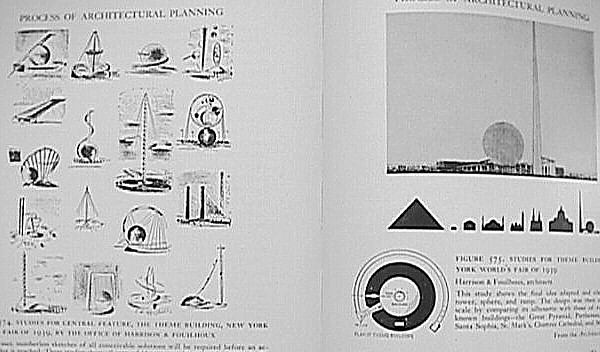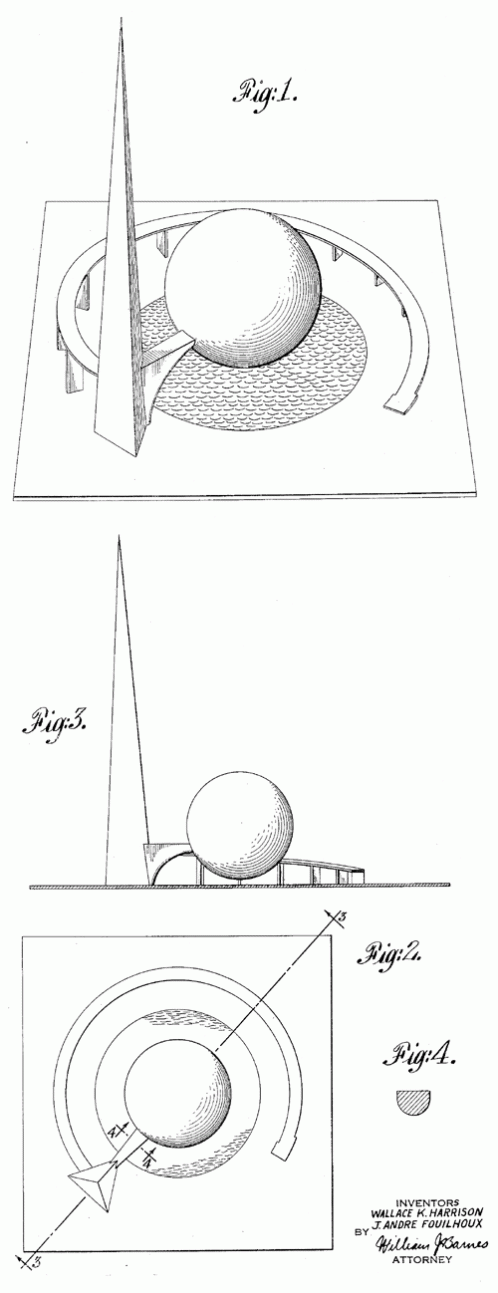2005.03.23 13:47
Forms and Functions of 20th Century Architecture
Yesterday's post delivered Forms and Functions of 20th Century Architecture.
I remember these books from my student days in the 1970s, but haven't looked through them since then. I kind of remember thinking these books were not "inspirational" enough (for me) back then. After seeing them so cheaply available at eBay, I went to the library to look them over again, and decided I definitely want these book. I found them to now be very inspiring! They very much manifest what Brian wrote about above.
It's also interesting to compare these four heavy 1952 volumes ("prepared under the auspices of the School of Architecture of Columbia University") with the slim 2003 Index Architecture: A Columbia Book of Architecture.
Where in 1952 there are lengthy and well illustrated topics beginning with "The Elements of Building: Introduction" through to "The Architect and Urban Planning" and a whole volume dedicated to "The Principles of Composition" and vols. 3 and 4 fully devoted to addressing the designs of a great variety of building types (including Catholic Churches, Protestant Churches, and Synagogues), the 2003 Index Architecture curtly covers topics like 'abstraction' 'film' 'form' 'multiple' 'real' 'style and symmetry' etc.
Over a year ago I wrote (at archinect) that a lot of Index Architecture is pretty much useless and more like sophisticated advertising copy than anything else. Now, relative to Forms and Functions..., I see Index Architecture as not just a missed opportunity to 'build' further upon architecture, but a sign of how overly pretentious the study of architecture can be(come).
What I particularly like about Forms and Functions... is how lessons from architecture's past are well integrated with newer architecture design practice up to the mid 20th century.
[Of course, I get a kick out of the fact that the first building illustrated in Forms and Functions... is the Basilica of Constantine in Rome, which began construction under Maxentius, and was finished (I believe) under the design supervision of Eutropia (Maxentius' mother) and Helena (Constantine's mother).
Plus, there is this great little diagrammatic drawing demonstrating a scale comparison with the Sphere and Pylon of the 1939 New York World's Fair--from left to right: the Great Pyramid, Parthenon, Pantheon (which looks to me a bit bigger than it actually is), Santa Sophia, Constantinople, St. Mark's Venice, Chartres, St. Peter's Rome, the Sphere and Pylon.
Forms and Functions of 20th Century Architecture really should be a free online resource now, and the volumes might just begin positively informing Quondam's overall agenda.
Anyone have any personal experience utilizing Forms and Functions of 20th Century Architecture?
| |

Forms and Functions of 20th Century Architecture, vol. 2, pp. 512-13.
| |

|